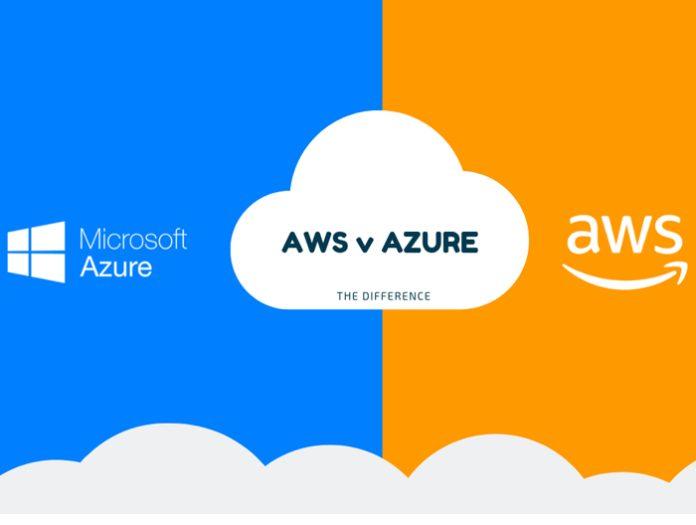Introduction
In the ever-evolving landscape of cloud computing, Microsoft Azure and Amazon Web Services (AWS) have emerged as two of the most prominent players. As organizations increasingly migrate their infrastructure and services to the cloud, it’s essential to understand the differences between these two cloud giants to make informed decisions. In this article, we’ll explore the distinctions between Microsoft Azure and AWS, covering various aspects, including their service offerings, pricing models, and ecosystem.
- Service Offerings
Both Microsoft Azure and AWS provide a wide range of cloud services to cater to different business needs. However, their service portfolios may differ in certain aspects. Azure tends to excel in integrating with Microsoft technologies, making it an attractive choice for businesses already invested in the Microsoft ecosystem. Azure offers services such as Azure Virtual Machines, Azure App Service, and Azure SQL Database.
On the other hand, AWS offers a broader array of services and has a reputation for pioneering cloud computing. It provides services like Amazon EC2 (Elastic Compute Cloud), Amazon S3 (Simple Storage Service), and Amazon RDS (Relational Database Service). AWS’s vast service catalog is one of its primary strengths, allowing customers to select and customize services to meet their specific requirements.
- Global Presence
AWS has historically had a more extensive global infrastructure presence, with data centers (regions) in numerous countries. This global reach allows AWS to offer low-latency access to services for users around the world. Microsoft Azure has also been rapidly expanding its global footprint, but AWS maintains an edge in terms of the number of regions and availability zones.
- Pricing Models
Pricing is a crucial consideration when choosing a cloud provider. Both Azure and AWS offer a pay-as-you-go pricing model, allowing customers to pay only for the resources they use. However, the pricing structure and rates can vary between the two providers. Customers should carefully compare pricing details and consider their specific usage patterns to determine which cloud provider offers better value for their needs.
- Ecosystem and Integration
Microsoft Azure seamlessly integrates with Microsoft’s on-premises solutions, making it an attractive choice for organizations heavily reliant on Windows Server, Active Directory, and other Microsoft technologies. Azure also offers strong support for Linux-based solutions and open-source technologies.
AWS, on the other hand, has a robust ecosystem of third-party integrations and a strong focus on DevOps practices. It provides services like AWS Lambda for serverless computing and AWS Elastic Beanstalk for easy application deployment and management.
- Certification and Training
Both Azure and AWS offer certification programs to help IT professionals and developers validate their cloud skills. Microsoft offers the Microsoft Certified: Azure certification path, while AWS provides the AWS Certified Cloud Practitioner and a range of other certification options. The choice between the two may depend on an individual’s career goals and the specific cloud environment they plan to work in.
Conclusion
Microsoft Azure and AWS are two of the most prominent cloud providers globally, and both have their strengths and weaknesses. The choice between them depends on various factors, including an organization’s existing technology stack, global infrastructure needs, budget considerations, and specific service requirements.
Ultimately, it’s essential to conduct a thorough assessment of your organization’s needs and evaluate the specific offerings and capabilities of each cloud provider to make an informed decision. In many cases, organizations may even choose to use a combination of Azure and AWS services to take advantage of each platform’s unique strengths. Regardless of your choice, both Azure and AWS provide powerful tools and resources to help organizations succeed in the cloud era.



